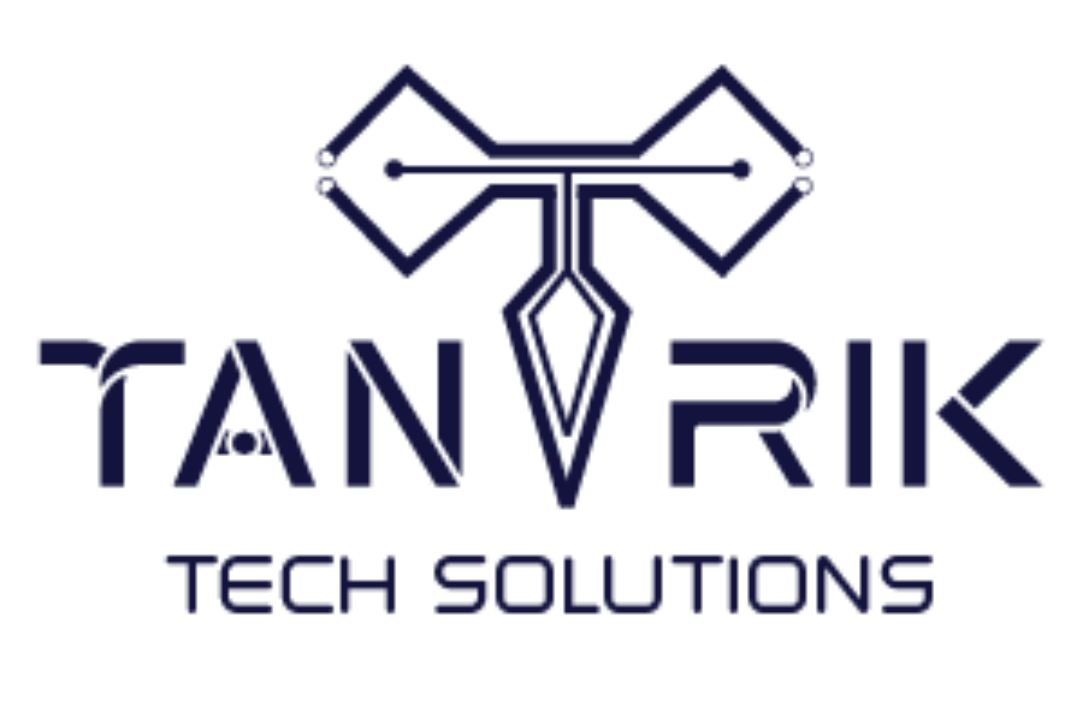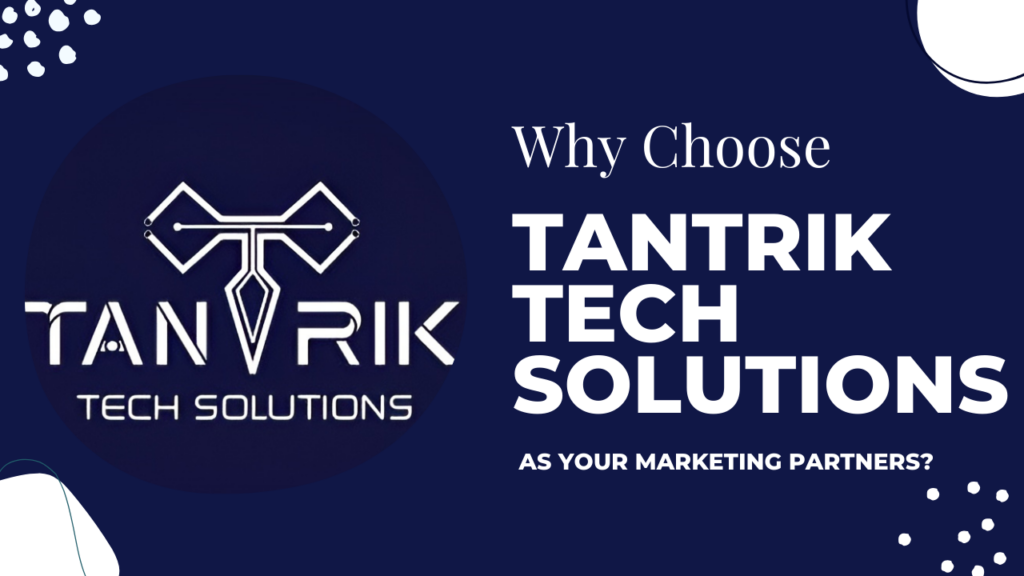Many businesses today face the challenge of fragmented data. With information scattered across different platforms—such as CRM systems, social media channels, and web analytics—decision-makers often struggle to see the complete picture of their marketing performance. This lack of integration can lead to missed opportunities and misguided strategies.
As seasoned market intelligence specialists, we recognize the importance of data aggregation in overcoming these challenges. By bringing together data from various sources, businesses can gain a comprehensive view of their marketing performance and make more informed decisions. In this blog, we will explore the significance of data aggregation, its benefits, practical applications, and how it can empower organizations to optimize their marketing strategies.
What Is Data Aggregation?
Data aggregation is the process of collecting and compiling data from multiple sources to create a unified view. In the context of marketing, this means gathering information from CRM systems, social media platforms, web analytics tools, email marketing systems, and other relevant sources. The goal is to consolidate these diverse data points into a single dashboard or report that provides actionable insights.
Key Benefits of Data Aggregation
1. Comprehensive Insights
By aggregating data from various sources, businesses can gain a holistic view of their marketing performance. Instead of looking at isolated metrics, teams can analyze how different channels and campaigns interact with one another, leading to a deeper understanding of customer behavior and preferences.
2. Improved Decision-Making
With access to consolidated data, decision-makers can make informed choices based on a complete picture of their marketing efforts. This helps eliminate guesswork and allows teams to pivot strategies quickly based on real-time insights.
3. Increased Efficiency
Manually compiling data from different platforms can be time-consuming and prone to errors. Data aggregation streamlines this process, saving valuable time and resources. Marketing teams can focus on analyzing data and implementing strategies rather than wasting time on data collection.
4. Enhanced Collaboration
Data aggregation fosters collaboration among different departments by providing a shared view of marketing performance. When sales, marketing, and customer service teams have access to the same data, they can work together more effectively to achieve common goals.
5. Performance Tracking
Aggregating data allows businesses to track the performance of various marketing initiatives in real time. By visualizing key metrics—such as lead conversion rates, social media engagement, and email open rates—teams can identify which strategies are working and which may need adjustment.
Practical Applications of Data Aggregation
1. Campaign Performance Analysis
By aggregating data from multiple channels, marketing teams can evaluate the performance of their campaigns more effectively. For example, by combining data from email marketing, social media ads, and website analytics, teams can see how each channel contributes to overall campaign success and identify areas for improvement.
2. Customer Journey Mapping
Understanding the customer journey is essential for optimizing marketing efforts. By aggregating data from CRM systems and web analytics, businesses can gain insights into how customers interact with their brand at various touchpoints. This allows them to tailor their marketing strategies to better meet customer needs.
3. Social Media Performance Monitoring
Social media is a vital part of any marketing strategy, but measuring its impact can be challenging. By aggregating data from social media platforms and web traffic analytics, businesses can assess how their social media efforts drive website visits, leads, and conversions.
4. Sales and Marketing Alignment
Data aggregation plays a critical role in aligning sales and marketing efforts. By integrating data from CRM systems and marketing automation tools, teams can track leads from initial contact through the sales funnel, ensuring that both departments are on the same page regarding lead quality and conversion.
5. ROI Measurement
Measuring the return on investment (ROI) of marketing initiatives is essential for justifying budgets and resources. By aggregating financial data and marketing performance metrics, businesses can assess the effectiveness of their strategies and make data-driven decisions about future investments.
Implementing Data Aggregation
To successfully implement data aggregation, businesses should consider the following steps:
1. Identify Key Data Sources
Start by identifying the key data sources that will provide valuable insights for your marketing efforts. This may include CRM systems, social media platforms, web analytics tools, and email marketing systems.
2. Choose the Right Tools
Select data aggregation tools that can connect to your identified sources and compile data effectively. Look for solutions that provide real-time updates and intuitive dashboards to visualize the data clearly.
3. Define Metrics and KPIs
Determine the metrics and key performance indicators (KPIs) that are most relevant to your marketing objectives. This will help guide the aggregation process and ensure that you focus on the data that matters most.
4. Create Custom Dashboards
Design custom dashboards that consolidate your aggregated data in a user-friendly format. Choose visualizations that clearly represent the insights you want to convey, making it easy for team members to interpret the data.
5. Train Your Team
Provide training to your team on how to use the aggregated data and dashboards effectively. Ensuring that everyone understands how to interpret the information will maximize its value.
6. Monitor and Iterate
Regularly review the aggregated data and dashboards to ensure they remain relevant and effective. As your business goals evolve, be prepared to adjust your data sources, metrics, and visualizations accordingly.
Conclusion: Empowering Marketing Through Data Aggregation
Data aggregation is a powerful tool for businesses seeking to gain a comprehensive understanding of their marketing performance. By consolidating data from CRM systems, social media, web analytics, and other sources, organizations can make informed decisions and optimize their marketing strategies.
At Tantrik Tech, we understand the importance of effective data aggregation in driving marketing success. Our market intelligence solutions are designed to help businesses integrate and visualize their data, empowering them to make data-driven decisions that lead to growth and innovation.
If you’re ready to explore how data aggregation can transform your marketing performance and drive strategic success, reach out to us at Tantrik Tech. Together, we can unlock the full potential of your data and enhance your marketing efforts.




